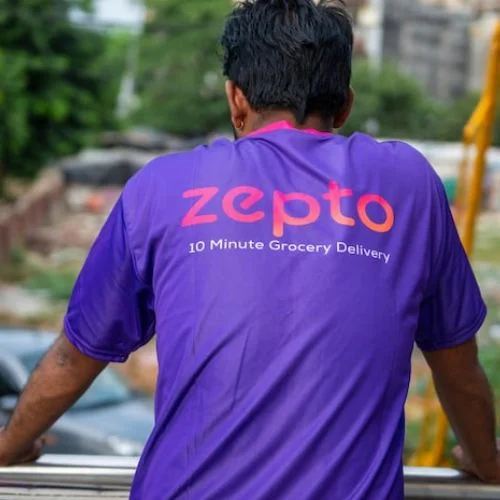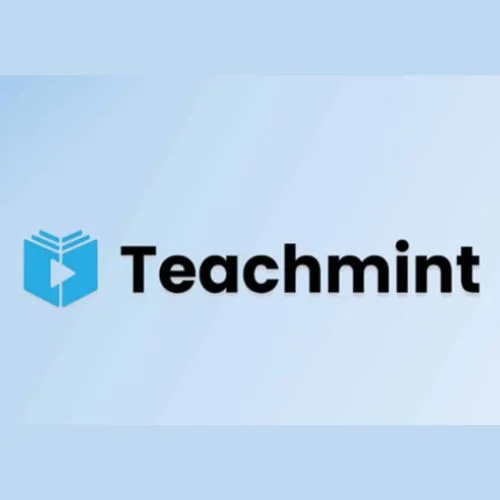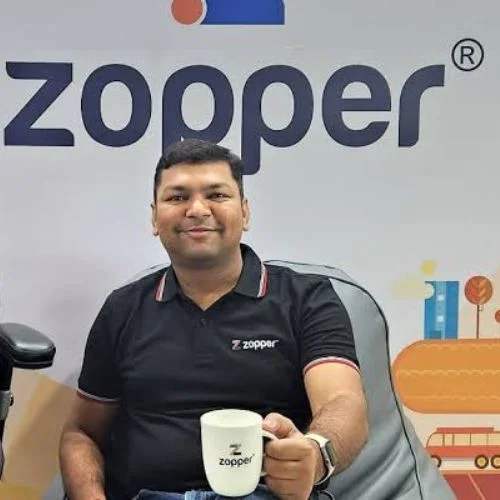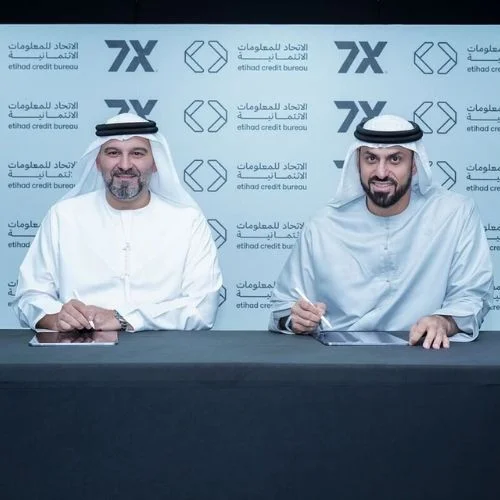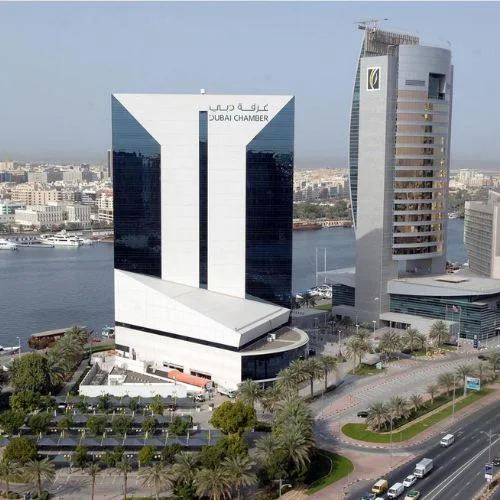Now schools offering “Finnish education”(best in the world) are emerging across Indian cities, emphasizing activity-based learning, interaction with nature, and life skills over textbook-based, test-oriented education.
The Schooling system in India runs through a doctrinaire approach. Government agencies draw up curricula, teachers and schools have little flexibility to innovate, and students are graded on what they remember rather than what they understand.
But unlike in India “Education is not the learning of facts, but the training of the mind to think.”—Albert Einstein, is the guiding philosophy of the education system in Finland, which has proved very effective as well. Finland ranked at the top in numerous indices over the last few years for the most effective education system in the world. In 2017, the country was No. 12 all over the world in mathematics, No. 5 in science, and No. 4 in reading.
- To begin with, Finnish schools teach kids just 20 hours a week and 190 days a year, unlike most Indian schools, which have a teaching time of 30-33 hours per week on average.
- Finnish children do not get any homework, something that most Indian children are burdened with. Nor do Finnish schools have any standardized tests.
- Unlike in India, where most kids start going to school at the age of 3, Finnish kids begin formal schooling at age 6, spending the next nine years in a single-structure system — there are no separate primary, secondary, or higher secondary sections. If parents want to make their kids start learning earlier, there is an early childhood education program where kids learn through play, similar to the playschool, nursery, and kindergarten model in India.
- After basic education, kids can go for upper-secondary education in one of two branches — general and vocational. This extends for three years, after which a student enters university.
Hence, now schools offering “Finnish education”(best in the world) are emerging across Indian cities, emphasizing activity-based learning, interaction with nature, and life skills over textbook-based, test-oriented education.
The Academy School (TAS) in the city of Pune adopted a Finnish curriculum last year. Finland International School, also in Pune, will start later this year. FinlandWay, a Helsinki-based preschool provider, is setting up three institutions in Mumbai. There is Nordic High International School in Indore and Ramagya Roots, a pre-school in Noida.
Rashtriya Swayamsewak Sangh (RSS) chief Mohan Bhagwat has hailed the education system of Finland as the best in the world and asked India to take a cue from it. He said, “A country called Finland is being applauded for having the best education system in the world these days. All of America and the Western world keep wondering how they have such a good education system. It is because they teach their children to face struggles of life and not to score in an examination,” Bhagwat had said Saturday at Gyanotsav, an event organized by the RSS-affiliated Shiksha Sanskriti Utthan Nyas.
He also said, “Just the way they have values of their country in their education system, we should have Indian values in our education system.” But it’s not value-based education that has taken Finland to the top of the heap; it’s a well-thought-out strategy implemented over several years.
Education is Finland’s pitch to the world, too. In 2015, the country’s government created a platform called Education Finland with the task of exporting the country’s education model that is routinely near the top in the OECD’s Programme for International Student Assessment (PISA) tests and that boasts a high school graduation rate of more than 90 percent. The organization works with Finnish companies that identify global markets, find partner schools and customize pedagogy for specific countries. So, the size of the Indian education market — expected to touch $225bn by 2025 — makes it a rare prize, that nobody wants to miss out on.
Challenges-:
1. Teachers -: It won’t be easy for Indian teachers and schools to adopt an alien Finnish model of teaching. While Finland has a core curriculum, teachers are expected to develop teaching and evaluation plans on their own. In India, teachers are trained to follow government-prescribed syllabi and textbooks.
2. Parents-: Parents will also take time to accept an alien schooling system for their children. For example, Finnish-style schools in India will have two trained teachers — one Finnish, the other Indian — and an assistant. Many Indian parents find the absence of any homework hard to understand, a typical of the Finnish schooling system
3. Commercialization-: Some experts are worried that Indian private schools mostly catering to children from privileged backgrounds will not be able to ensure equal access to quality education and teaching, a foundational principle of Finland’s public school-based model. Business groups running these schools have profit in their mind while implementing and adopting the Finnish schooling system, over change.
According to experts, the NEP did manage to do some heavy-lifting by adopting a new pedagogical structure of teaching which pays attention to the holistic development of a child and tries to do away with the rote culture. But from early childhood education to bachelor’s and master’s degrees, the Finland Education System (FES), at each stage, has a takeaway that we can adapt to or get inspired from.
1. Flexible Nature of Fees and Education
To begin with, there are over 25 crore students in the country. And in a country like India, the fee structure is probably the most important aspect. In Finland, fees are charged as per the family’s income in the stages of early education. This is a chance for everyone to get access to the best education. And this is the stage where all kids are equally receptive and every child’s creative juices are the most active in their childhood, irrespective of their income strata. Structuring fees according to the income tax a person pays will offer transparency and make sure it is a win-win situation for all.
As per the Finnish education system, a student can choose their path through the education system based on their interest. Moreover, they have the freedom to opt for vocational training in the choice of their professions and not go for a bachelor’s degree at the universities. Such flexible nature of education and the power and responsibility to choose their education in India will produce more talent in India than ever before. The main motto of India should be that all are for education and education is for all.
2. Improving credibility of government-run schools-:
Local authorities are responsible for providing early childhood education and care for children under school age in Finland. The plight of government-run schools in India is a known fact. Guardians’ and parents’ insistence on enrolling their children into private schools speaks volumes about the state of affairs of municipality-run schools and institutions. Focusing on the overall development of children, qualified teachers, a well-structured education system, and a good working infrastructure will help a long way in bringing back the lost glory, and lost students, of these schools.
Notably, there are no private schools in Finland out of over 3,500 schools. Their dependence on private schools is none. In India, unfortunately, that is not the case. We need to strengthen and increase the teaching standards for students to augment the reliability and credibility of government-run schools.
3. Alter Mandatory Education Phase-:
Compulsory education in Finland starts from the age of seven. Until then, a student is being accustomed to learning, developing curiosity and emotions, and building a strong foundation by making the minds creative and flexible enough to be able to take to formal education. The mandatory comprehensive education is for nine years, from Class 1 to Class 9, and it paces the learning levels and provides multiple points of view for concepts that help a student come to their conclusions by making different observations and through different perspectives. In this way, the observations do not remain restricted to one subject but create a broader outlook on things for the student. This ultimately results in interlinking subjects naturally and integrating different themes in a single class.
4. Strengthen the Role of Teachers-:
Strengthening the role and knowledge of teachers is as important as teaching students, for they will be the medium of imparting knowledge. Teachers should be trained not just about what to teach but also how to teach. Teachers should know how to teach practical rather than only theoretical. Involving teachers in the selection of curriculum will help the teacher understand it better and will be able to pass on the knowledge more naturally. Also, the minimum qualifications to obtain the status of a teacher should be encouraged as it will eventually help students as well as schools and institutions.
5. Away with Rote Culture and Attention to Application-:
Without sounding too critical, Indian schools’ focus is on completion of syllabus, textbook learning, and ultimately good performance in exams. The problem with this kind of setup is that it gives out a feeling that every student needs to toil hard or cram books to succeed. Passing exams becomes the ultimate goal and scoring high marks becomes the definition of success. The goal is not to stuff information into the brains of students but store knowledge in their minds enough to be able to apply the same in their lives. The Finnish system is not a revolution; just an evolution. It is time India evolves its system as well.
But, rigorous teacher training is the cornerstone of Finland’s education success in India. Until Indian teachers are trained afresh, schools have no alternative but to hire teachers from Finland. That is costly and reflected in the fees: Finland International School, for instance, charges 5,70,000 rupees ($7,600) a year, in a country where the per-capita gross domestic product (GDP) hovers under $2,000. And while India has far more expensive private schools, commercialization of Finnish’s schooling approach “can hurt the image of Finnish education”.
Along with private schools, public schools are starting to adopt lessons from Finland as well. Kerala government announced recently that the state would partner with Finland on teacher training, curriculum reforms, and classroom technology.
Major schools offering Finnish style education are-:
1. TAS The Academy School, Pune
2. Garodia FinlandWay
3. Nordic High International School
4. Goenka Global Education
5. Podar Education
So, Finland didn’t build such an effective model of education overnight. But if Finland could do it, we can, too. With the National Education Policy (NEP) 2020 taking its baby steps to improve education across the country, India can take queues from Finland to build a strong base for a fruitful future and a better chance of a literate as well as aware and curious human being because “Purpose of education is to replace the empty mind with a open one”, nothing else.










